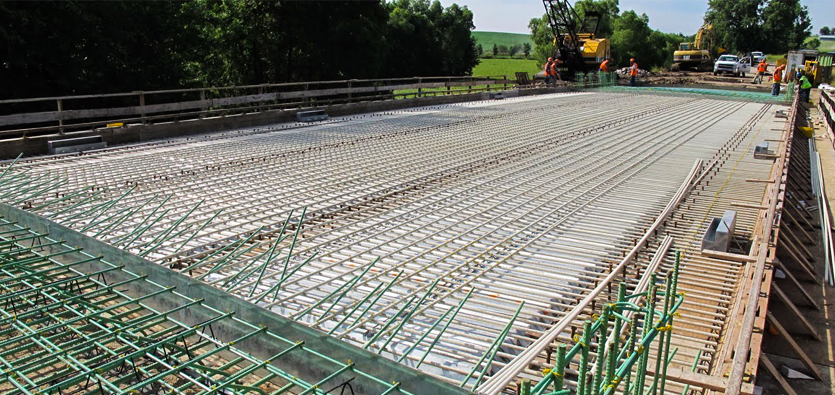Advanced Composites for Resilient and Lightweight Construction
Advanced Composites for Resilient and Lightweight Construction
Blog Article
From Waste to Marvel: How Recycled Composites Are Changing Various Applications
As markets worldwide are significantly focusing on sustainability and environmental responsibility, the use of recycled composites has actually emerged as a transformative solution throughout different markets. From improving the efficiency of automobile components to supplying sustainable alternatives in construction materials, the applications of recycled composites are vast and promising.
The Surge of Recycled Composites
The boosting fostering of recycled compounds in numerous industries reflects a growing acknowledgment of their ecological and economic benefits. Recycled compounds, originated from materials such as redeemed carbon fiber or recycled plastics, use a sustainable option to traditional materials without endangering on performance. Industries varying from auto and construction to aerospace and consumer items are significantly turning to recycled composites to satisfy their manufacturing needs.
One secret driver behind the increase of recycled composites is the press in the direction of sustainability and eco-friendliness. Business are under raising pressure to reduce their carbon footprint and decrease waste generation. Recycled compounds supply a remedy by utilizing products that would certainly or else end up in land fills, therefore advertising a round economic situation.
Additionally, the financial benefits of making use of recycled compounds can not be ignored. These products are commonly much more economical than their virgin counterparts, offering firms a way to lower manufacturing prices without sacrificing high quality. As innovations in reusing innovations remain to enhance, the adoption of recycled composites is expected to more boost across diverse markets.
Advantages in Automotive Market

Sustainable Solutions in Building
Including sustainable methods in building and construction tasks is vital for lessening ecological impact and promoting lasting viability in the built atmosphere. With the building and construction industry being just one of the largest contributors to carbon discharges and waste generation around the world, the fostering of lasting remedies is crucial in mitigating these adverse results. Recycled compounds are playing a substantial function in changing building methods by providing a more environmentally friendly alternative to traditional structure products.
Recycled composites, stemmed from products such as recovered rubber, plastic, and wood, provide a lasting choice for different construction applications. These materials not just aid in lowering waste yet additionally supply adaptability, durability, and toughness equivalent to standard building materials. By incorporating recycled compounds into building styles, construction tasks can add to source preservation and energy efficiency while preserving high performance standards.
Additionally, the use of recycled composites in building and construction lines up with the expanding demand for green structures and sustainable framework. As ecological regulations end up learn the facts here now being more stringent and the focus on sustainability intensifies, the building and construction industry is significantly turning to recycled compounds as a viable remedy for producing eco-conscious structures and structures.
Eco-Friendly Innovations in Packaging
Eco-friendly materials such as mushroom packaging, seaweed-based films, and compostable plastics provide promising services to the plastic contamination dilemma. These cutting-edge products not just decompose naturally, minimizing ecological influence, however additionally give equivalent capability and durability to traditional product packaging alternatives.
Moreover, improvements in innovation have caused the development of smart product packaging remedies that prolong product life span and lower food waste. Time-temperature signs, oxygen scavengers, and antimicrobial packaging help keep item freshness and high quality, guaranteeing a longer service life without the demand for dangerous chemicals. In addition, the combination of recycled products into packaging manufacturing processes even more enhances sustainability initiatives. By including post-consumer recycled content, companies can minimize the need for virgin materials, conserve natural deposits, and promote a circular economic situation in the product packaging industry. These eco-friendly technologies in packaging not only profit the atmosphere but also resonate with customers that are increasingly looking for sustainable products.
Changing Textiles With Recycled Composites
In the realm of lasting materials, the emphasis currently changes towards changing textiles with the cutting-edge use recycled compounds. This development in fabric production is driven by the pushing need for even more green techniques in the fashion and fabric markets. Recycled composites supply an appealing solution by incorporating materials like plastics, carbon fiber, and glass fiber to develop resilient and functional textiles.
Among the essential benefits of using recycled compounds in textiles is the capacity to repurpose waste materials that would certainly otherwise end up in land fills. By incorporating recycled components into textiles, manufacturers can decrease their environmental effect and add to an extra circular economy - composites. click here to read Furthermore, fabrics made from recycled compounds typically show boosted efficiency, strength, and resilience characteristics, making them suitable for a variety of applications
As customer need for lasting items remains to increase, the fostering of recycled compounds in textiles is positioned to expand substantially. This change in the direction of more ecologically friendly fabric manufacturing not just benefits the world but also opens up new opportunities for development and imagination in the style and textile markets.
Conclusion

From boosting the efficiency of automobile components to providing sustainable choices in building materials, the applications of recycled compounds are vast and promising. Recycled compounds, acquired from materials such as reclaimed carbon fiber or recycled plastics, offer a lasting option to traditional products without compromising on efficiency. In addition, the use of recycled compounds promotes the round economy by drawing away waste from land fills and minimizing the demand for virgin raw materials - composites.Recycled compounds, derived from products such as reclaimed plastic, rubber, and timber, supply a lasting option for different building applications.In the world of sustainable materials, the focus currently moves towards changing textiles with the ingenious usage of recycled composites
Report this page